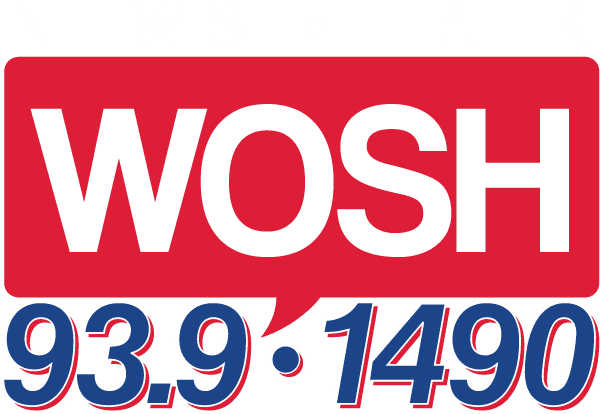A couple of months ago, it looked like the Democratic party was going to struggle to field a viable candidate for governor in 2018. Big name after big name announced they were going to pass on challenging Scott Walker–who will be running his fourth campaign for the office in just the last eight years. But as President Trump’s lack of public support and Congress’ failure to pass healthcare reform drags down the Republican party at every level, a surprising number of Dems see this as a chance to take advantage of potential backlash next year.
Based on how many people have already formed campaign committees–or who tell the media they are going to run–we could have a primary field as large as ten candidates before anyone even starts paying attention to the race. And with that many people in the contest, it’s highly unlikely the August 2018 primary will yield a majority candidate.
But wouldn’t it be fun if we selected our nominees for governor the same way we do our candidates for President? I’m talking about a protracted primary campaign that would allow candidates to build momentum throughout the year–or for a darkhorse to emerge from nowhere on the strength of a good showing in some part of the state, causing the frontrunner to have to rethink their strategy.
We have an Iowa County here in Wisconsin, so let them be the first to vote in this process next January. Just like the state for which it is named, it is mostly rural so candidates would really have to work to get out and meet voters. We could even let them hold caucuses instead of a formal primary vote just to make it more interesting. From there, we could hold the first primary in someplace like Marinette County in February–again with a small population base for easy campaigning. There could even be a “Super Tuesday” in April where Milwaukee and Dane Counties–and maybe 15 more around the state–could hold their primaries all on the same day to allow a clear front-runner to emerge. From there, staggered elections the rest of the spring would force candidates to travel to all corners of the state to hawk for votes.
A true primary process would certainly make for a more interesting race and give us more to talk about for the next year than just campaign finance statements–which will be how the Democratic nominee will actually be selected. Whoever runs the most ads before the August primary will probably win.





